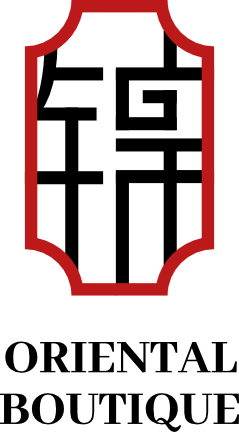The Origin of the Mid-Autumn Festival

Tracing back to ancient moon worship and timeless tales of reunion
The Mid-Autumn Festival (中秋节) is one of the most beloved traditional festivals in China, celebrated on the 15th day of the eighth lunar month. It’s a night when families gather, admire the full moon, and share mooncakes — a festival that embodies reunion, gratitude, and harmony between humanity and nature.
Ancient Moon Worship
The earliest origins of the Mid-Autumn Festival can be traced back over 3,000 years to ancient rituals during the Zhou Dynasty. People held ceremonies to worship the moon, thanking it for good harvests and praying for family prosperity. These ancient sacrifices gradually evolved into folk customs of moon appreciation.
In Chinese philosophy, the moon symbolizes yin — gentleness, balance, and reflection. It complements yang, the sun. This harmony reflects the broader Daoist belief in unity between heaven, earth, and humanity.
Legends and Myths
Over time, the festival absorbed romantic and mystical stories that gave it emotional depth:
- Chang’e Flying to the Moon: The most famous legend tells of Chang’e, the wife of the hero Hou Yi, who drank the elixir of immortality to prevent it from falling into the wrong hands. She ascended to the moon, leaving her beloved husband behind on earth.
- The Jade Rabbit: A kind rabbit who lives on the moon, endlessly pounding herbs to make the elixir of life — symbolizing kindness and sacrifice.
- Wu Gang and the Laurel Tree: A woodcutter condemned to eternally chop a self-healing tree on the moon — representing persistence and redemption.
These stories link the moon to love, separation, and longing, transforming it into a mirror of human emotion.
From Imperial Rituals to Family Reunion
During the Tang (618–907) and Song (960–1279) dynasties, the festival grew in popularity among scholars and commoners alike. People held moon-viewing parties, wrote poetry, and exchanged mooncakes as gifts. The festival became associated with elegance, reflection, and affection for distant loved ones.
By the Ming and Qing dynasties, moon-viewing had become a family tradition, complete with tea, fruits, and sweet pastries. The round mooncake came to symbolize unity — a family gathered together under the same bright moon.
The Meaning of Reunion
Today, the Mid-Autumn Festival continues to represent one of humanity’s most beautiful wishes — to be together with those we love. Whether apart or near, people look at the same moon and share the same blessing: “May we live long and share the beauty of the moon together, even if far apart.”
